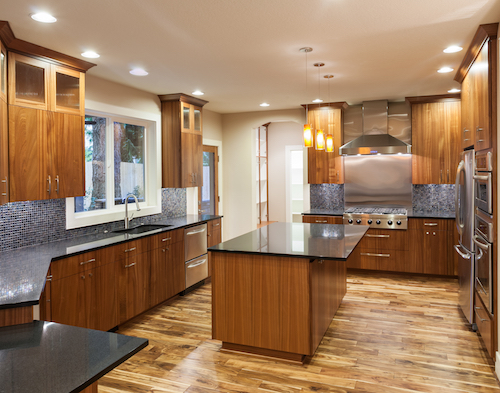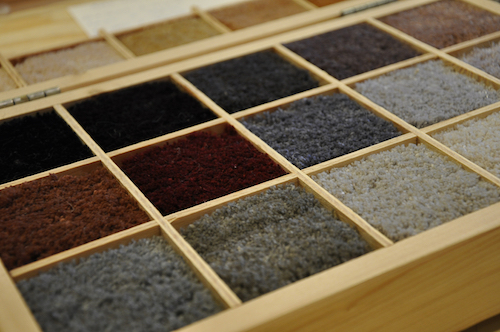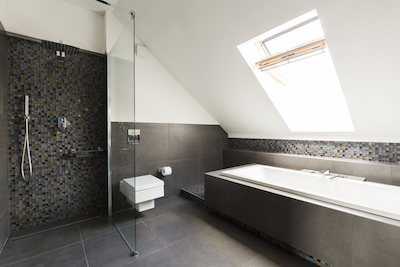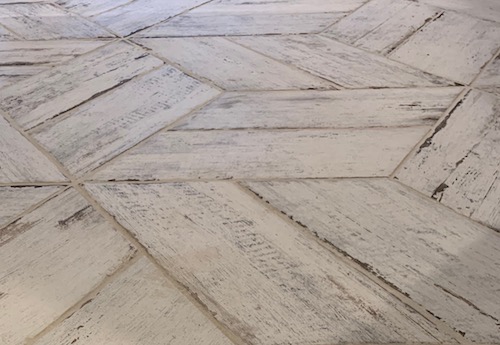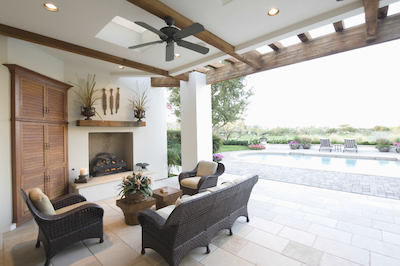Choosing The Right Commercial Tile For Your Location
Selecting flooring for a business location is a little more difficult than picking out tile for your home. Not only does it have to look warm and inviting for your visitors, but it also has to be durable and hold up well in high traffic situations.
Can you walk into a flooring store and select anything? Or is there an art to finding the best commercial tile for your location? First impressions are everything. So before you make your final selection, consider these items first.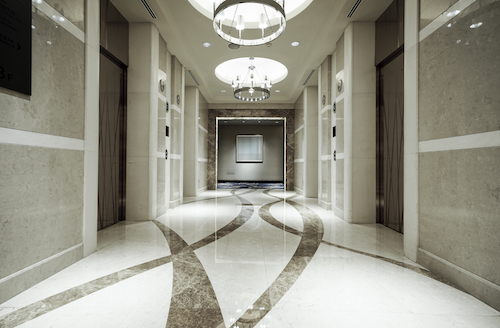
Durability
Businesses often have a lot of action throughout the day. People come in and out at all hours. They come in whatever the outside weather – sleet, rain, snow, or sun. They don’t think twice about the flooring; they concentrate on where they are going. But that doesn’t mean they won’t notice if something is wrong.
Ever noticed ripped up flooring? Carpeting fraying around the edges? Or tiles that are scuffed and broken? Doesn’t make a very good first impression, does it?
A durable commercial tile stands up to whatever the traffic into your commercial property can dish out. It should be easy to maintain, as well as stand up to scratches, stains, marks, and more.
The tile industry rates all tile according to the PEI scale. A PEI 1 is more fragile, while a PEI 5 is most resistant. For a commercial setting, we recommend selecting a PEI 3 or above. The more traffic your area gets, the higher the rating. This will ensure you are happy with your final selection well into the future.
Safety
When you operate a business, safety should always be at the top of your focus list. Different flooring choices offer different traction levels, depending on the situation. Because Colorado’s weather can change on a dime, it’s important to have flooring that works in any kind of situation, and won’t be more prone to accidents when some tracks in water, slush, or snow.
A glazed ceramic tile, for example, will be slippery when wet. This wouldn’t be a good choice for entryways where people can track in water from the outside.
Instead, look for a textured tile that provides a stronger hold in all kinds of situations. This can include natural stone, textured porcelain, or even an unglazed ceramic tile. You should also discuss with your flooring consultant sealants to ensure your tile continues to look good and wear well in all kinds of situations.
Maintenance
Commercial tile should be able to handle traffic without a lot of care. You want tiles that are easy to clean, easy to maintain, and can do so for years without a lot of thought.
That’s why so many commercial properties select tile as their number one favorite for overall functionality. It won’t scuff and wear like hardwood, won’t scratch and fade like vinyl. Depending on the circumstances, you can expect your commercial tile floors to last for years, and still look as good as the day you installed them.
Just be conscious of the cleaning products you use to maintain the finish. You can speak with one of our flooring consultants about the best way to care for the commercial tile you choose.
Design
When you select tile for your commercial location, you can create any design or style you prefer. That’s because tile comes in an almost infinite supply of sizes, colors, patterns, and options.
For business applications, we usually recommend that you stick with “tried and true” tile rather than going with the latest trends. You never want your flooring to “stand out” and be the only thing people talk about when they head out of your building.
Instead, focus on statements, on choosing a tile that reflects your personality. For a large office building, stone tiles can create an elegant entrance. For a small studio, wood-look tiles may be the perfect way to invite people in. Or maybe mix it up with porcelain tiles, and create truly unique mosaics using different sizes, shapes, and colors. You’ll be amazed at what you can create with just a little thought.
Keep in mind that your flooring also controls the noise level of the room. While carpet or cork floors absorb sound, tile can amplify it. If you’re looking for a quieter environment, you may do best by combining tiles with rugs.
You also want to match the grout to your tiles for a consistent look. Grout is what holds your tiles together. It can also change the look of your flooring from subdued to dramatic. Be sure to have a proper sealant in place so the grout won’t wear, become moist and spread mildew or mold. Be sure to clean the grout properly to avoid problems down the road.
What’s the best tile for your commercial location?
Now that you know what to look for, let’s discuss some of your options.
Ceramic tile – Undoubtedly, this is where your largest selection will come from. Ceramic tile is made from clay pressed together and fired at high temperatures. Ceramic tile can be glazed or unglazed, and come in many different styles and sizes. They are ideal for commercial locations because of their durability and versatility. Be sure to look for high quality tiles, as they will stand up to high traffic situations in the long run.
Porcelain tile – Made from a mixture of clays like quartz and feldspar, these are fired at higher temperatures and are generally more durable than ceramic. They wear better, and won’t scratch like ceramic tile. They are great for entries and busy hallways. What’s more, it can come in all kinds of colors and patterns – why not select porcelain stone that mimics natural stone or slate? Plus it handles even better as it won’t scratch or chip.
Slate tile – This is a fine grain stone made from clay and shale. It’s created through heat and pressure, and offers a natural slip resistant surface that makes it the perfect choice where you need traction. Few would argue it’s earthy tones provide a stunning finish; that’s why you’ll see slate in a lot of high end office spaces.
Granite tile – Granite is harder than other stone, which makes it the perfect choice for entryways and other high traffic areas. The varied colors and veining is also something that is unbeatable in large open spaces. If well cared for and polished, it won’t scratch. But this is at the high end of the cost scale, so it’s best to keep it in areas where you want to make a statement.
Limestone tile – Looking for an eco-friendly version? Why not give limestone a try? This tile comes in earthy tones that work well in spas and offices looking to create a natural vibe. It is a denser stone that other tile choices, so it’s best to keep this in locations with a more controlled traffic.
Want more options? Not sure what’s the best tile for your commercial location? Stop by today and discuss your needs – we have many options perfect for your situation.
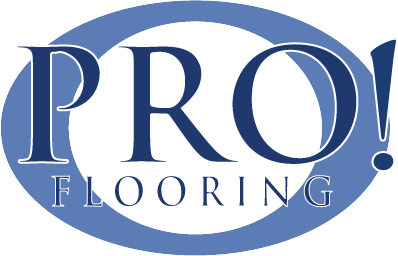
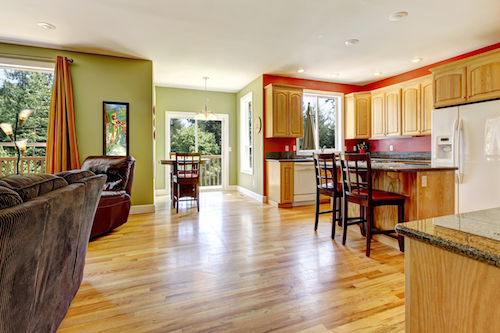 But once you decide on adding hardwood flooring to your home, don’t think your decision-making process is complete. Making a decision on the right hardwood flooring also includes type, style, color and plank width. Because every decision you make will impact how your home looks. And if you select the wrong hardwood plank width, for instance, it can change the aesthetic value of your home right along with it.
But once you decide on adding hardwood flooring to your home, don’t think your decision-making process is complete. Making a decision on the right hardwood flooring also includes type, style, color and plank width. Because every decision you make will impact how your home looks. And if you select the wrong hardwood plank width, for instance, it can change the aesthetic value of your home right along with it.